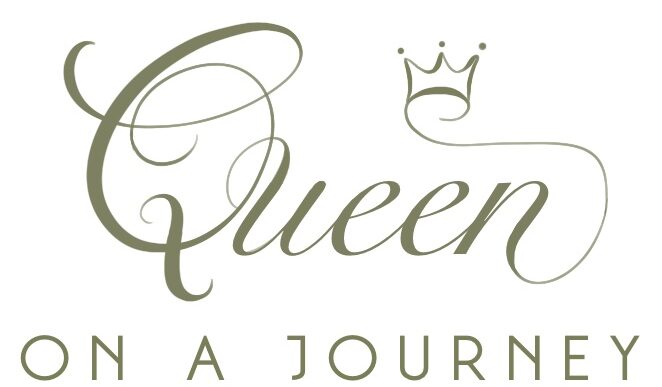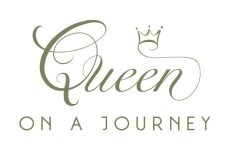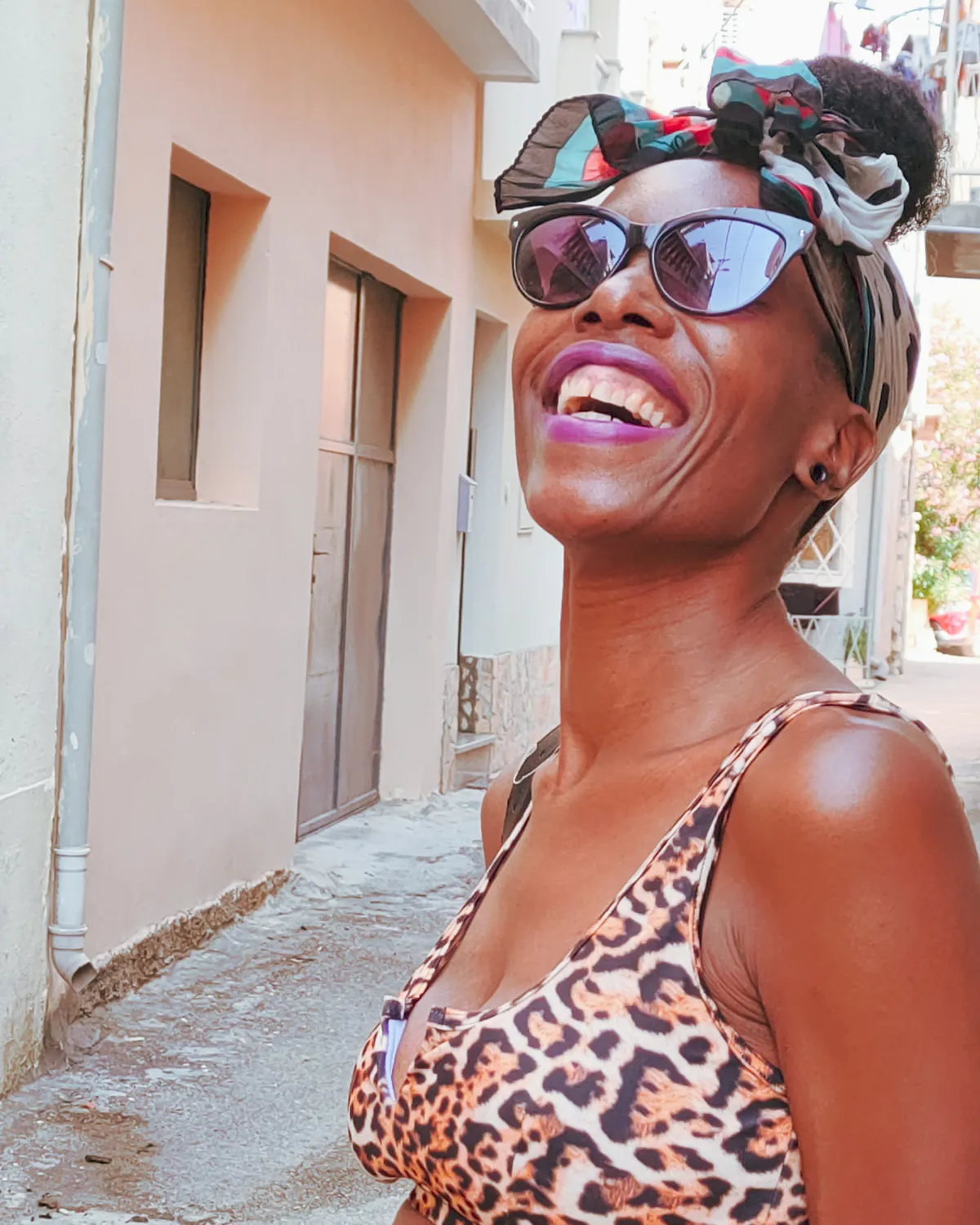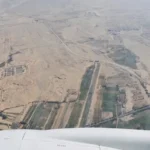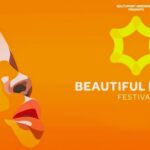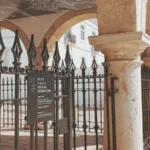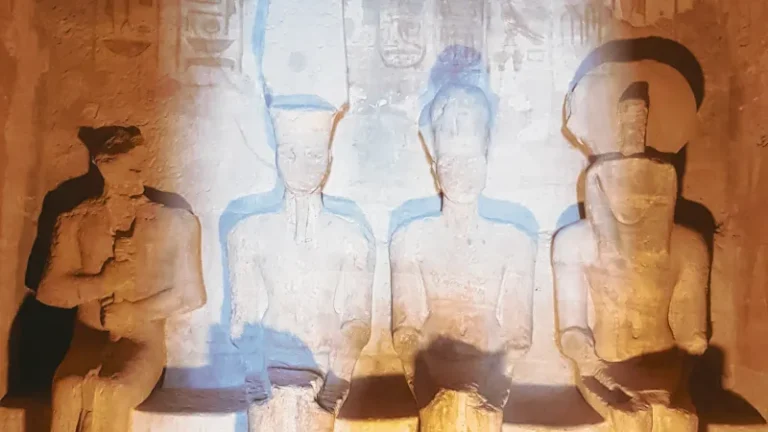Fez or Marrakesh, and would a weekend be worthwhile?
I had read numerous blogs and articles before deciding which one to visit for a city break and my first trip to Morocco. I went for Fez because everyone goes to Marrakesh, and I like to be different. Fez is also the cultural and spiritual capital of Morocco and the best choice for the most authentic Arabian experience.
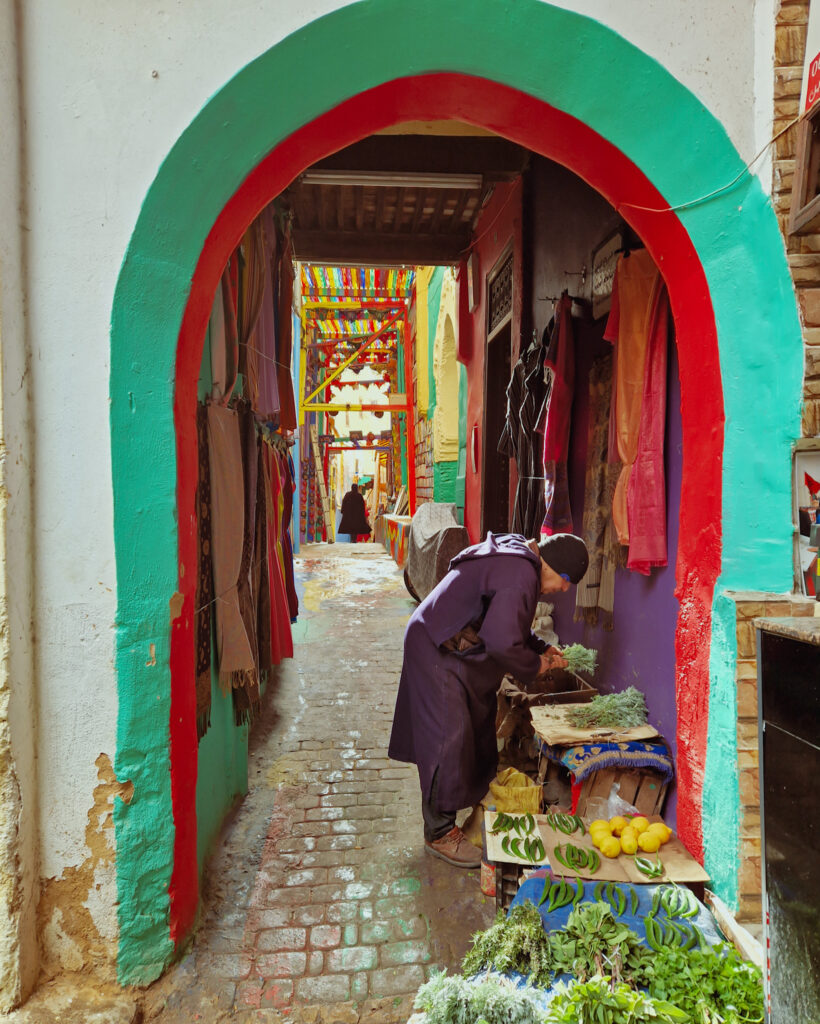
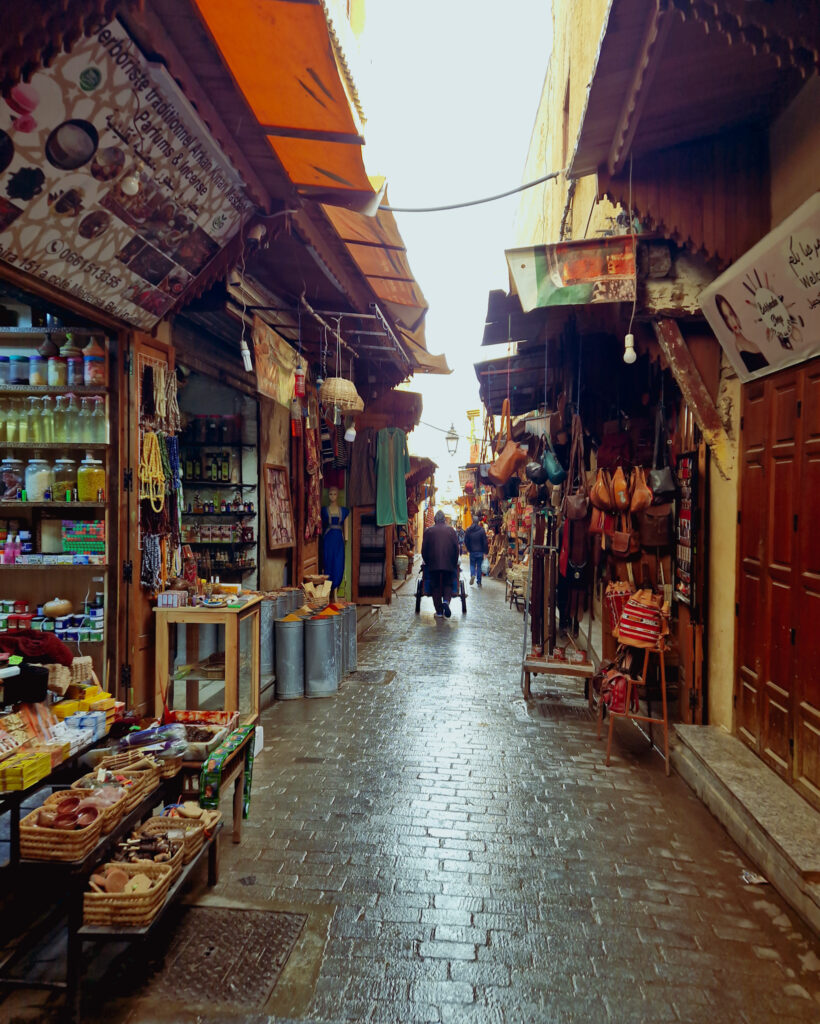
Fez has been described by many as chaotic, so I was prepared for that and knew it wasn’t going to be a relaxing break. I do, however, wonder if labelling Fez as simply “chaotic” gives it the justice it deserves though there may be too many adjectives to describe it. There is so much going on, and it’s such a unique experience that it’s hard to process and absorb it all at the time and, therefore, fully appreciate it at the moment for what it is.
Fez is the oldest city in Morocco. It dates back to the 9th century and has an ancient walled district comprised of thousands of winding alleys. Today, that medieval Medina (Old Town), known as Fes el Bali, is one of the best-preserved old towns of the Arab-Muslim world and is listed as a World Heritage Site.
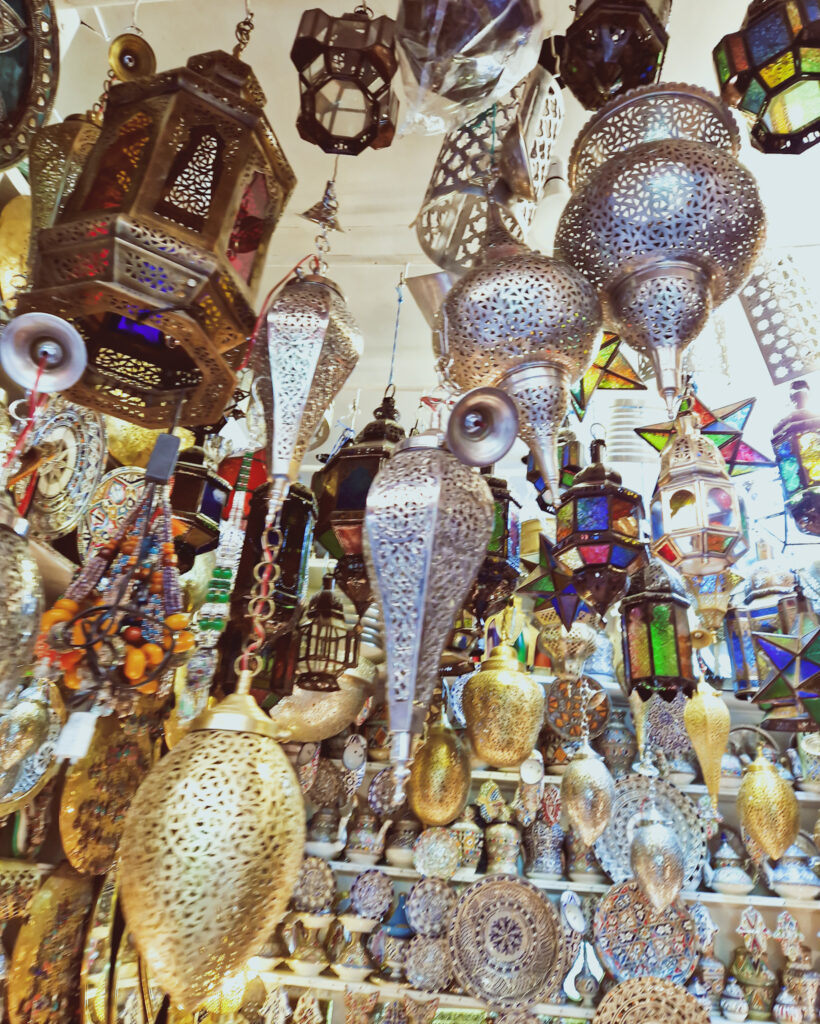
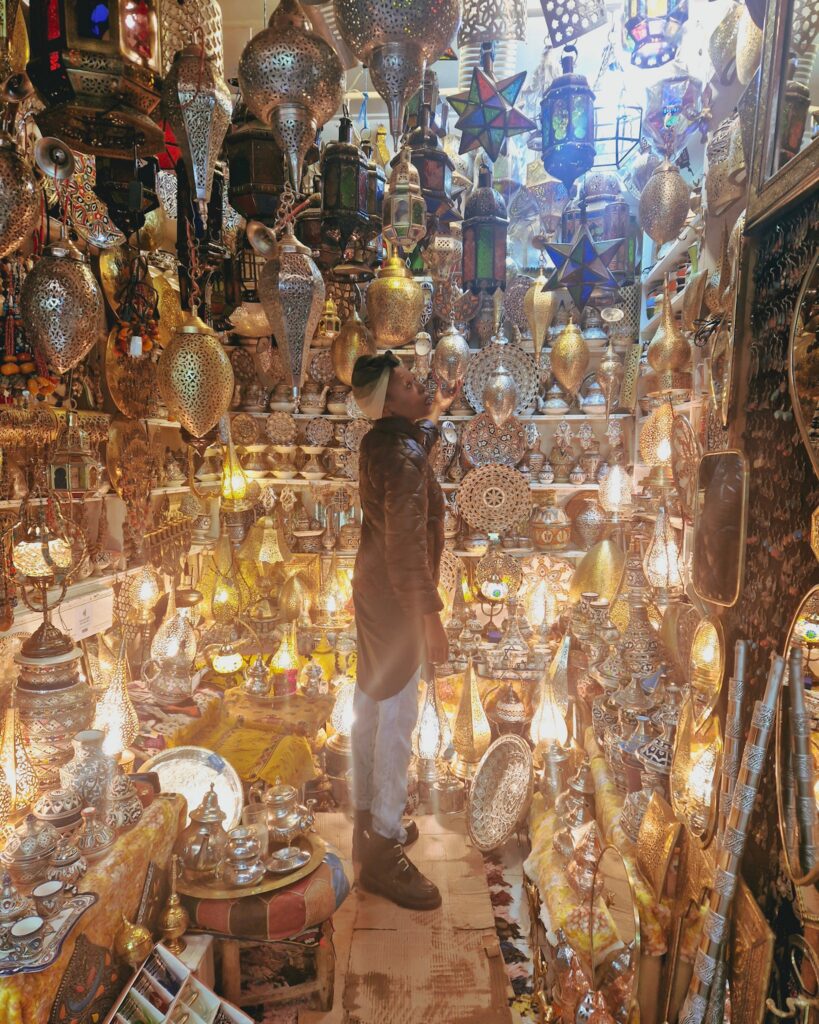
If you’re wondering how to spend a weekend in Fez and if just a couple of days would be worthwhile, I can confirm that it is, and a three-hour flight from the UK and an hour’s time difference makes it easy to do so.
Fez is one of those places where its uniqueness becomes instantly engrained in memory, and a quick city break will be rewarding. Also, being less touristy than Marrakesh means it’s not only more authentic, but it’s also cheaper.
Best time to visit
I visited in February, a slow month for tourism in Morocco and a good time to visit if you would rather avoid huge crowds at popular attractions. Accommodation and flights to and from Morocco are also far cheaper during the low season, as many hotels and riads offer off-season pricing.
Keep in mind that though prices are low in February, so is the temperature. Fez is in the north and near the Middle Atlas Mountains and, therefore, cooler than Marrakesh, which is in the south. That said, July to September may be too hot and too busy.
An alternative time to visit may be the spring months of late March through May or the autumn months of late September through November. Do consider, when booking your trip to Morocco, that should you visit during Ramadan, modified open hours and closures may impact your holiday.
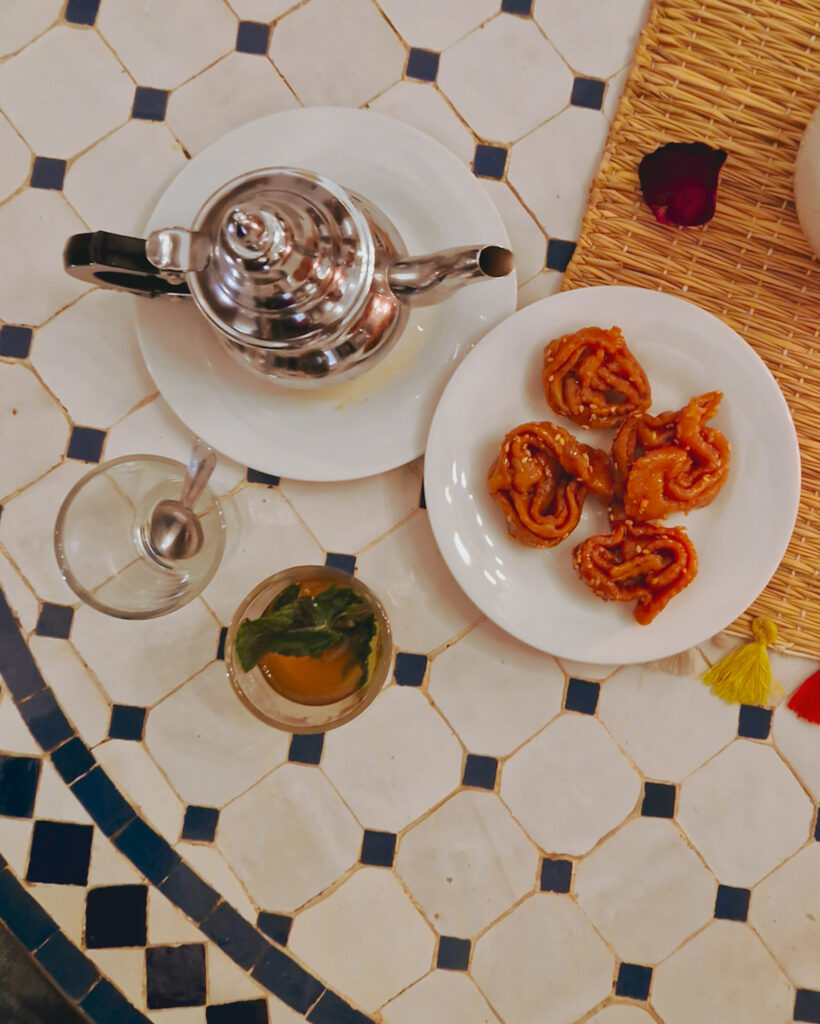
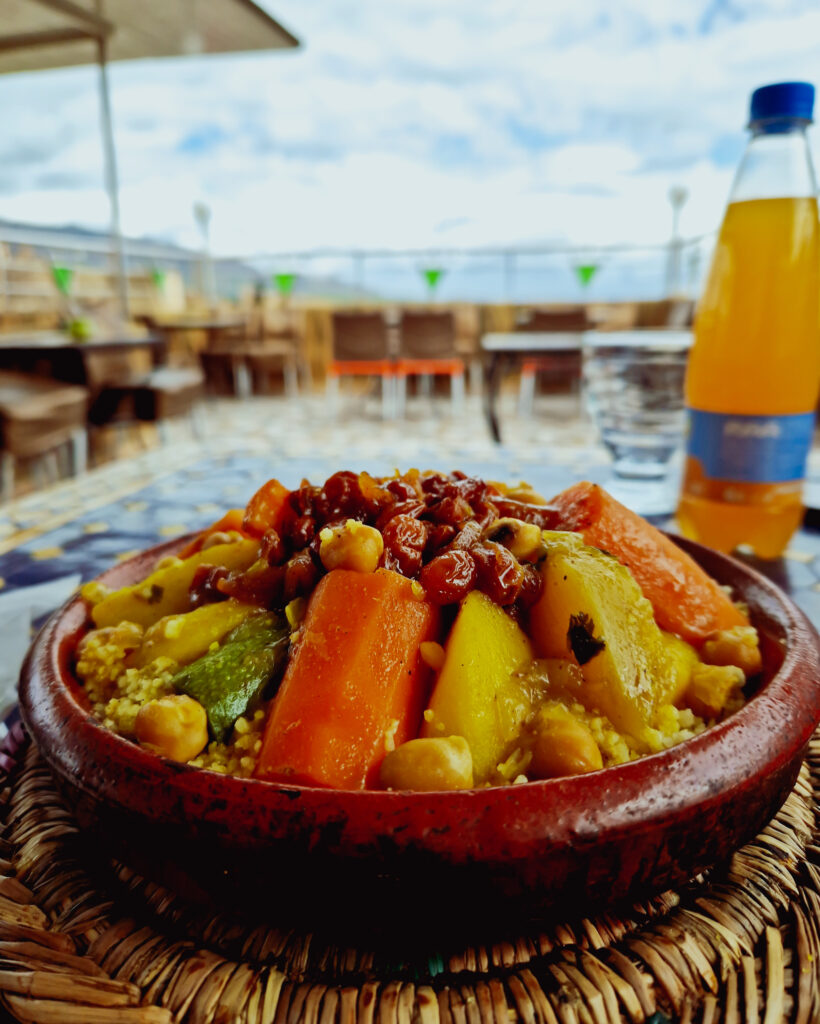
Currency
The currency in Morocco is the Moroccan dirham (MAD), and it is a closed currency, which means it can only be bought upon arrival in Morocco. Currently, you’re allowed to take in or out of Morocco 2000MAD, but you’ll need to exchange the rest on arrival.
You can exchange your money at the airport when you arrive but may get a better rate in town, either at your hotel, riad or the Bureau de Change. Moroccan currency can also be withdrawn from ATMs using your UK debit card, though you may want to check that you won’t incur any charges from your bank for this service.
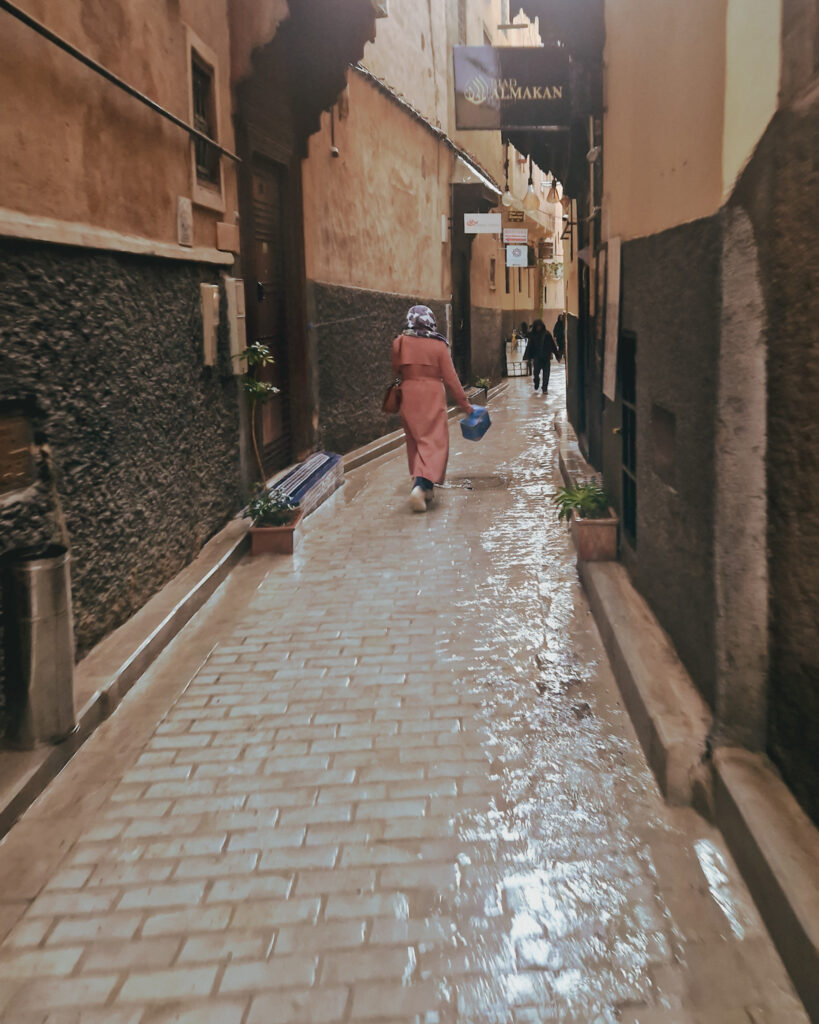

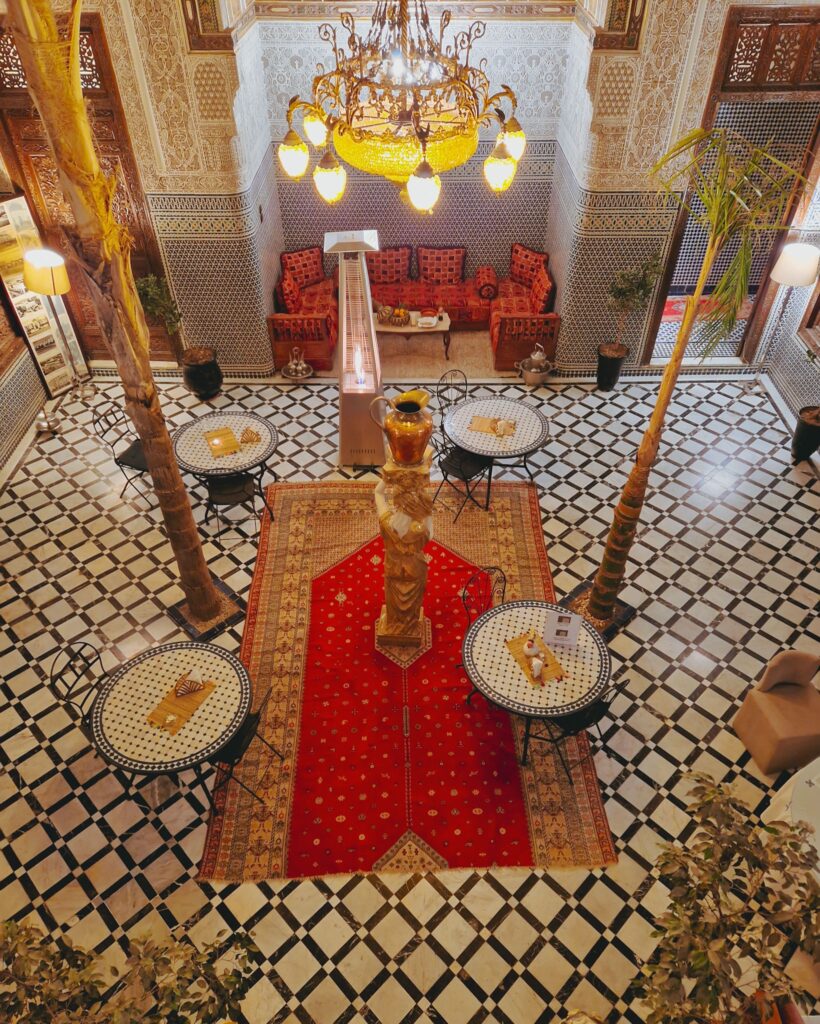
Where to stay
For an authentic Moroccan experience, I would recommend staying in a traditional riad. Most riads are located in the Medina, but if you want to be slightly away from the hubbub but still close enough to navigate many points of interest on foot, I would suggest Riad Al Makan.
Riads are restored traditional Moroccan houses built around a central courtyard and were once homes of wealthy citizens. A typical Riad will have two or more stories with intricate Moorish architecture and tiling for which Morocco is known.
Many riads are conversions into guest houses, and the treatment is more intimate and personalized than at a hotel.
How to spend a weekend in Fez
Ok, so a weekend isn’t long, but with good planning, it is still possible to get a good cultural and leisurely experience in Fez. I would suggest initially hiring a guide for a walking tour to learn about the history of this ancient city and make the most of your time. If doing so, it may be best to book through your Riad or Get Your Guide in advance. Private guides cost around €25 for a half-day tour.

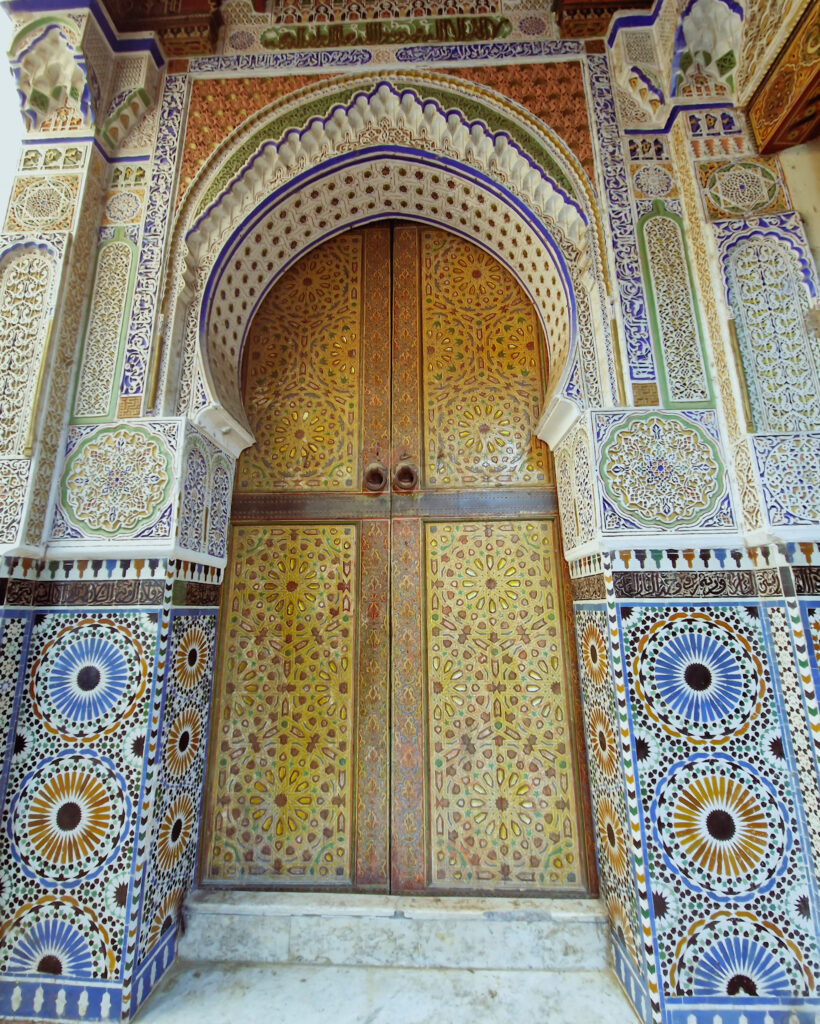
You will be approached by numerous people on the street asking if you want a guide, but they may not be official. The reality is countless people fancy themselves as a tour guide in Fez, and you want to ensure you’re getting the best value for your money with insight and knowledge of the city from an official guide.
Some people will want to help you to your destination or show you things an official guide may leave out, but be aware that most will want a tip. Tipping 10 or 20MAD is sufficient and bearing in mind that the average salary in Morocco is 2400 Dirham, a little goes a long way. However, there are also plenty of people who will help you out of the kindness of their hearts.
Fez comprises three main parts. The Old City is the medina’s maze of winding streets and alleyways. Middle Town is the Jewish Quarter, and Ville Nouvelle (New Town) continues to develop today. For a weekend, you’ll want to stick to the oldest part of town, Fez el Bali, to learn the most about the city.
Day 1
The Medina
The Medina of Fez is the main attraction for tourists and where you will spend most of your time as many notable points of interest are within it. It’s a UNESCO world heritage site and a medieval labyrinth of over 9000 narrow winding alleys and 4000 dead-ends.
Fez Medina is the largest urban car-free space in the world. That said, bear in mind that the absence of cars is just one less thing to sidestep. You will still be dodging people and donkeys used by traders to transport goods and often hear traders shouting “Balak”, which loosely translates to move out of the way.
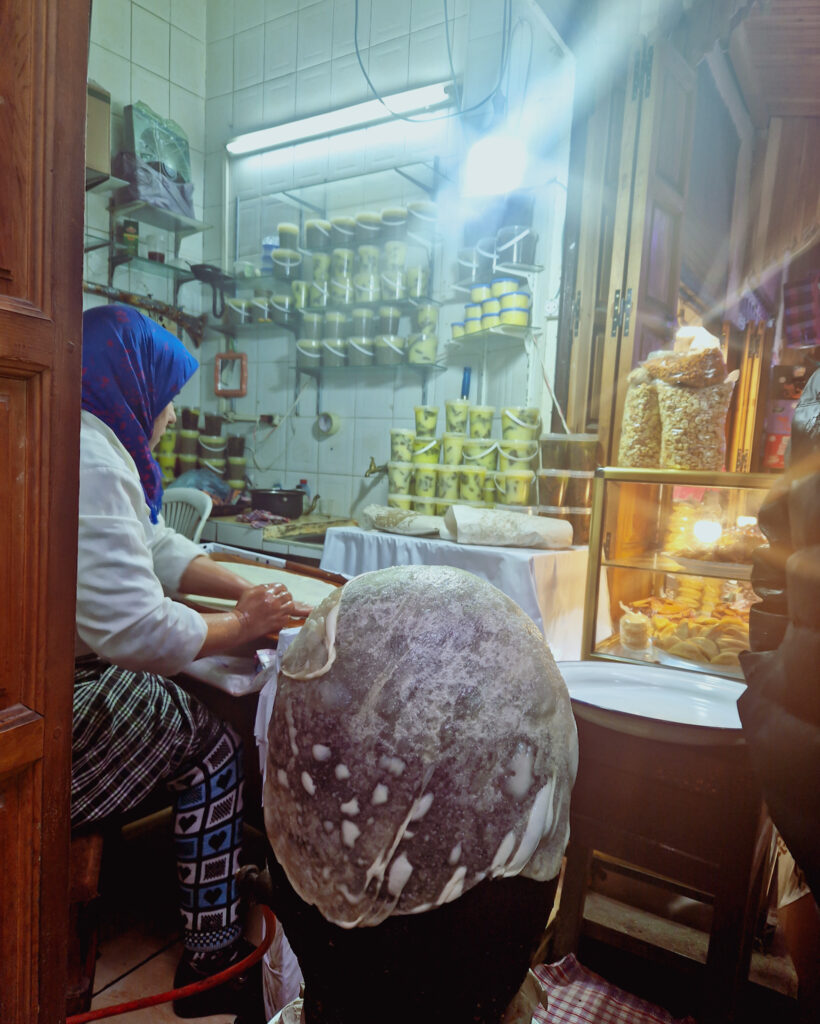
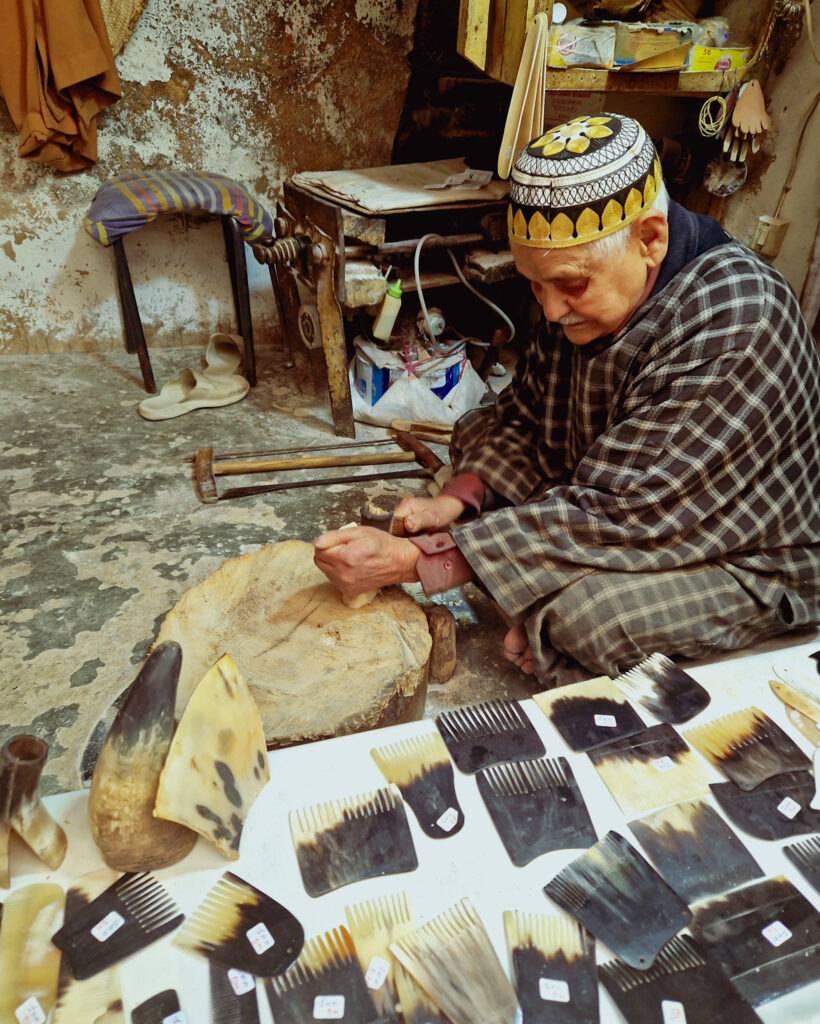
Getting lost in the medina is inevitable and advisable as it’s one of the best ways to experience it. However, I recommend initially hiring a guide to navigate the medina to see the main points of interest, which may be hard to find by yourself. Once you’ve found your bearings, get lost to your heart’s content and make your own discoveries.
The medina is not for the fainthearted. The large walls of the medina were built to defend against attacks and can feel a little intimidating at times. However, generally speaking, the medina is extraordinary, intriguing, colourful and fascinating but at times frustrating and exhausting.

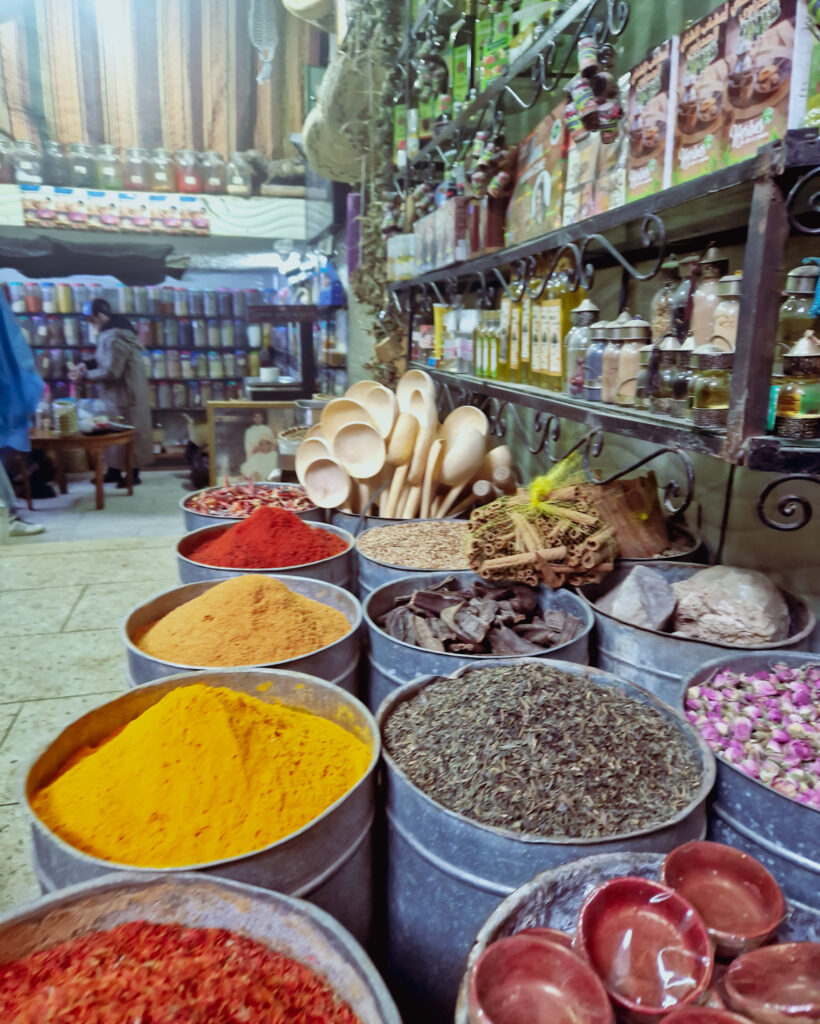
“Chaotic”
This is where we break down the “chaotic” generalisation. The Medina of Fez is an overload of the senses – a fusion of sounds, including music and calls to prayer, an amalgamation of colours, aromas and spices. It is both exasperating, seductive and a bit like the land that time forgot. No matter how many times you visit, there is always something new to discover. There are numerous souks, food stalls, restaurants, riads, mosques, shrines, universities etc.
I’ll be honest, you may well get tired of the number of times you’re approached by people asking if you want to buy something or would like a guide, but people are overall friendly and once you give a sure, firm “no thanks” you will be left alone.
As well as the number of souks and restaurants that furnish the many small winding alleyways, the main points of interest in the medina are:
Chouara Tannery
Morocco is well known for leather products, and a visit to the tannery, where animal skins and hides are processed, is pretty mesmerising to watch.
Many ancient tanneries still exist in Morocco, and the Chouara Tannery is the largest and oldest in the city and one of the oldest tanneries in the world. It uses the same system to dye leather today as used 1000 years ago.
The only way to see the tanneries in action is by walking through one of the leather shops. Each shop has a terrace with a different vantage point. Shop 10 and Shop No. 64 both give good views of the tannery.
You will smell the tannery on approach and will be provided with fresh mint before entering the shop, which will help bear with the stench.

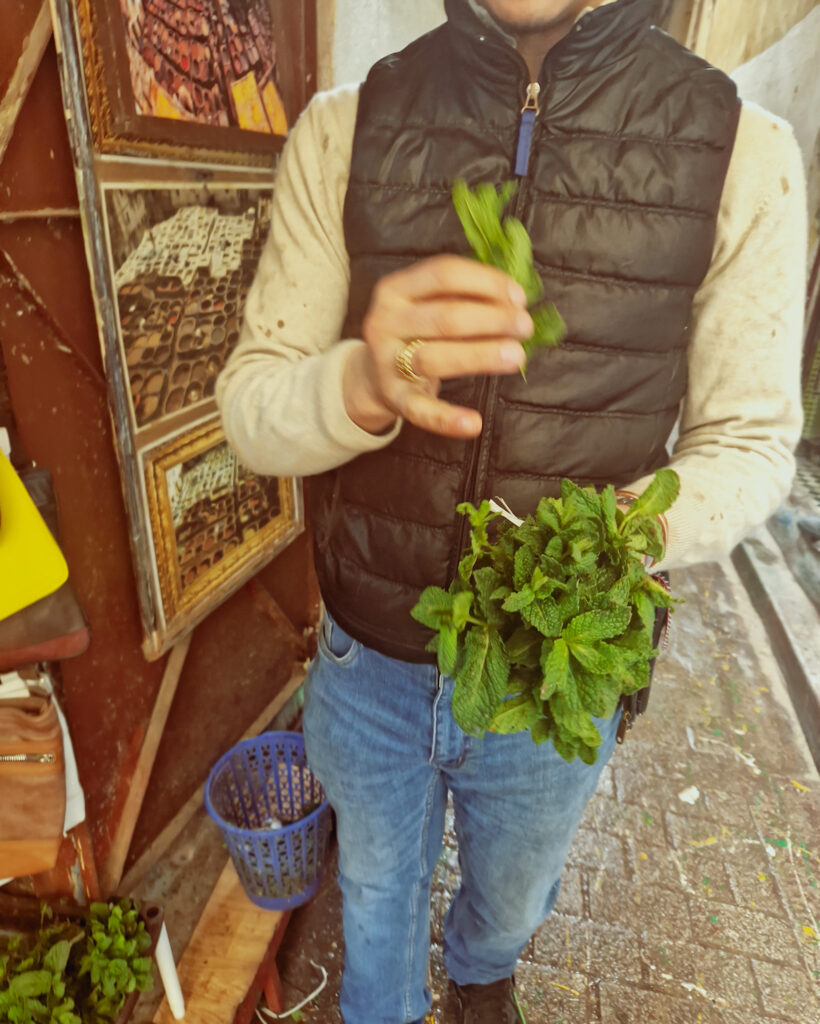
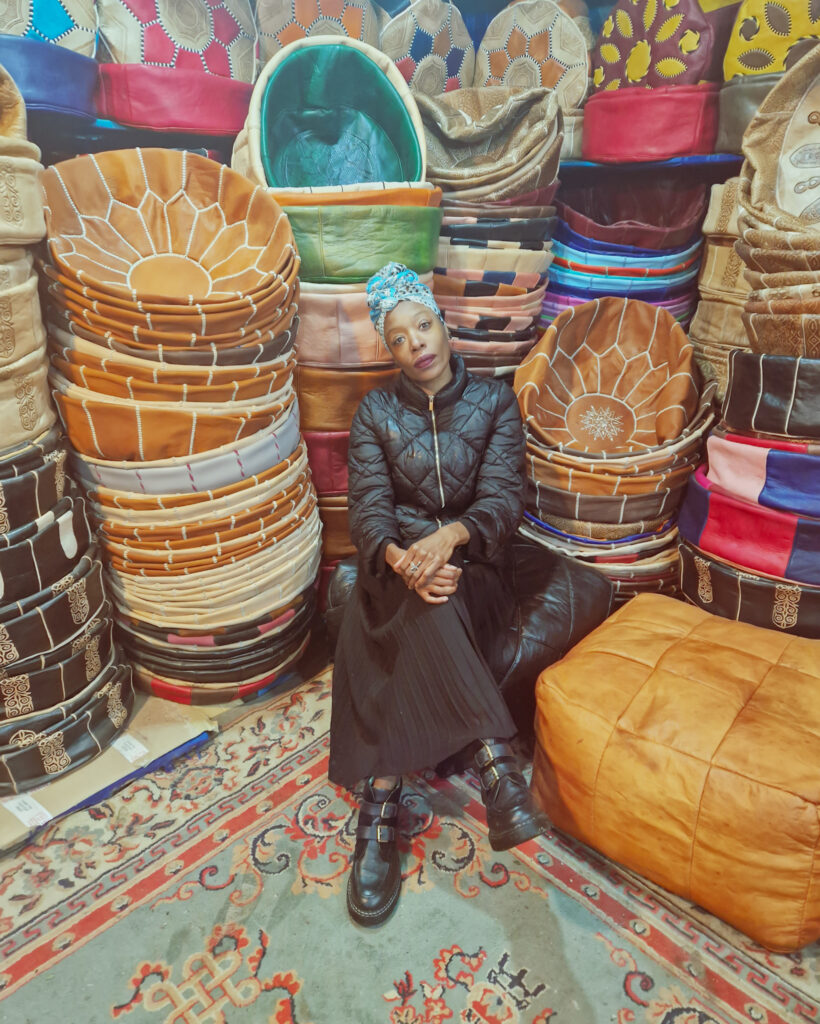
The process
It’s an interesting process whereby you’ll witness the hard physical labour occur in human-size paint palettes. The palettes contain a liquid mixture of cows’ urine, pigeon droppings, quicklime, salt, and water.
Various skin types are worked with – goats, sheep, camel and cows. The animal is halal, and the meat eaten. When bringing the skin from the slaughterhouse, it’s put in the white section of the palette with lime, water and salt. The lime takes the wool off, while the salt takes the blood off the skin. The skin is washed and put in the dark section with the pigeon poop. Pigeon droppings have ammonia needed to make leather goods.
For the dye, poppy flowers are used for red, indigo for blue, pomegranate skin and saffron for yellow, wild mint for green and henna for orange. The whole process takes four or five weeks. The end result is the endless amount of soft, colourful leather goods for sale that you just walked through.
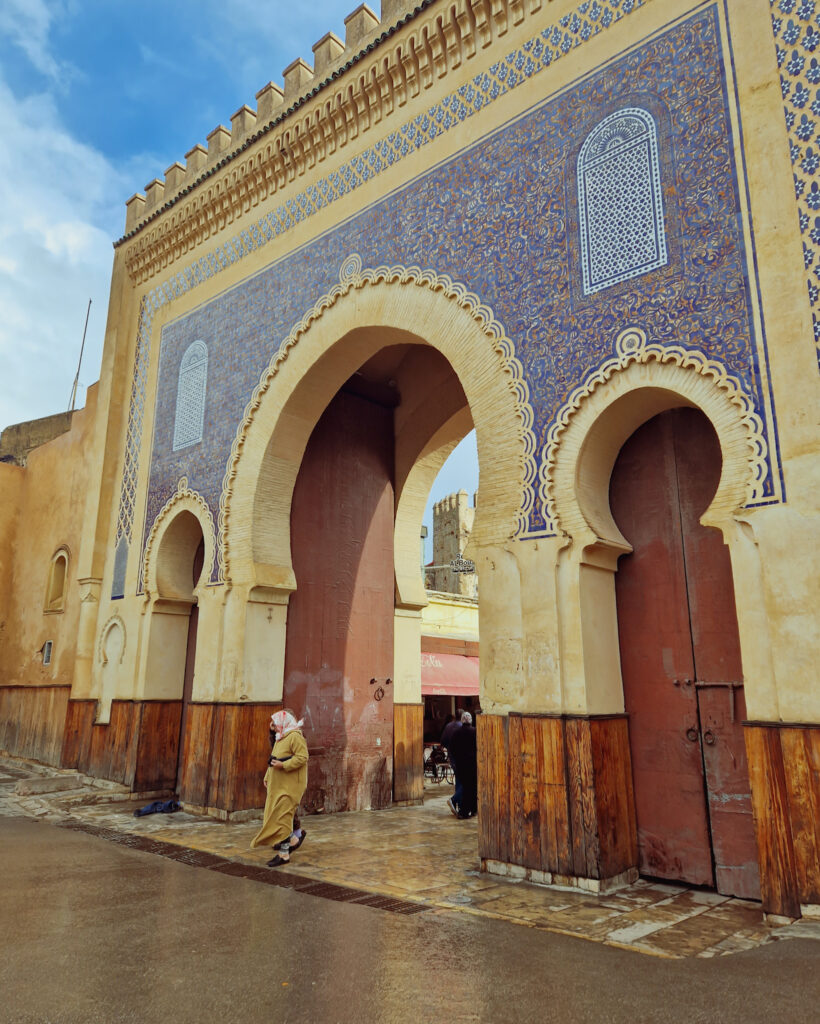
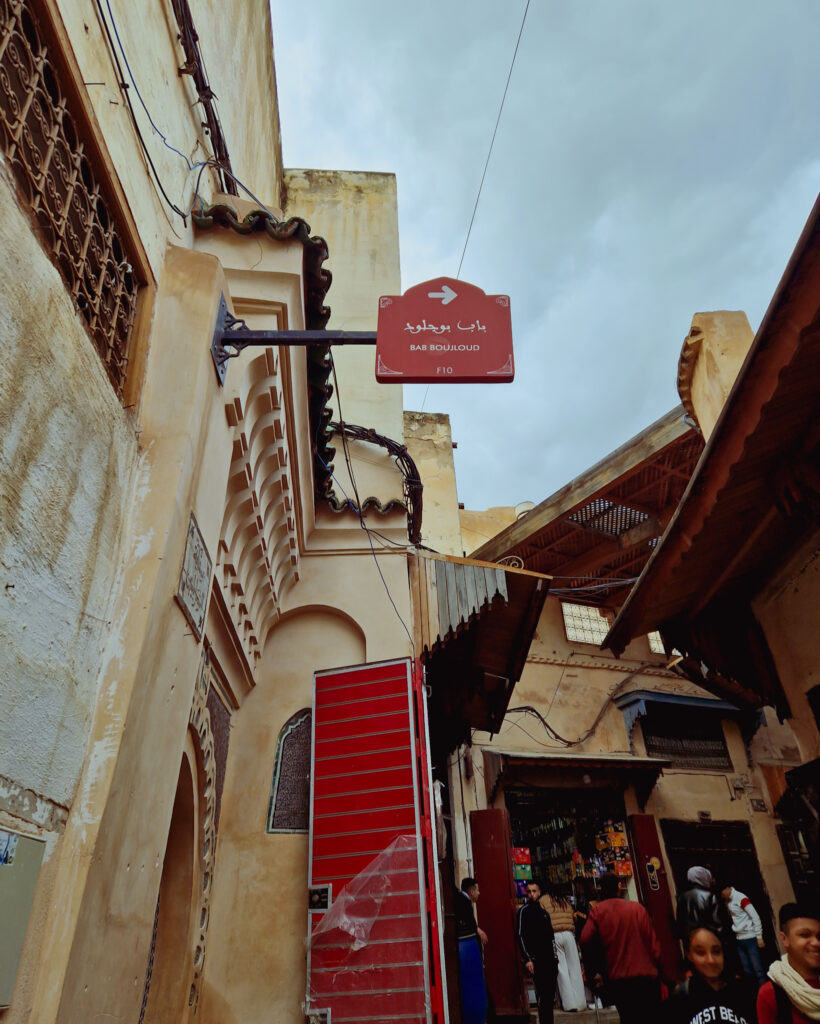
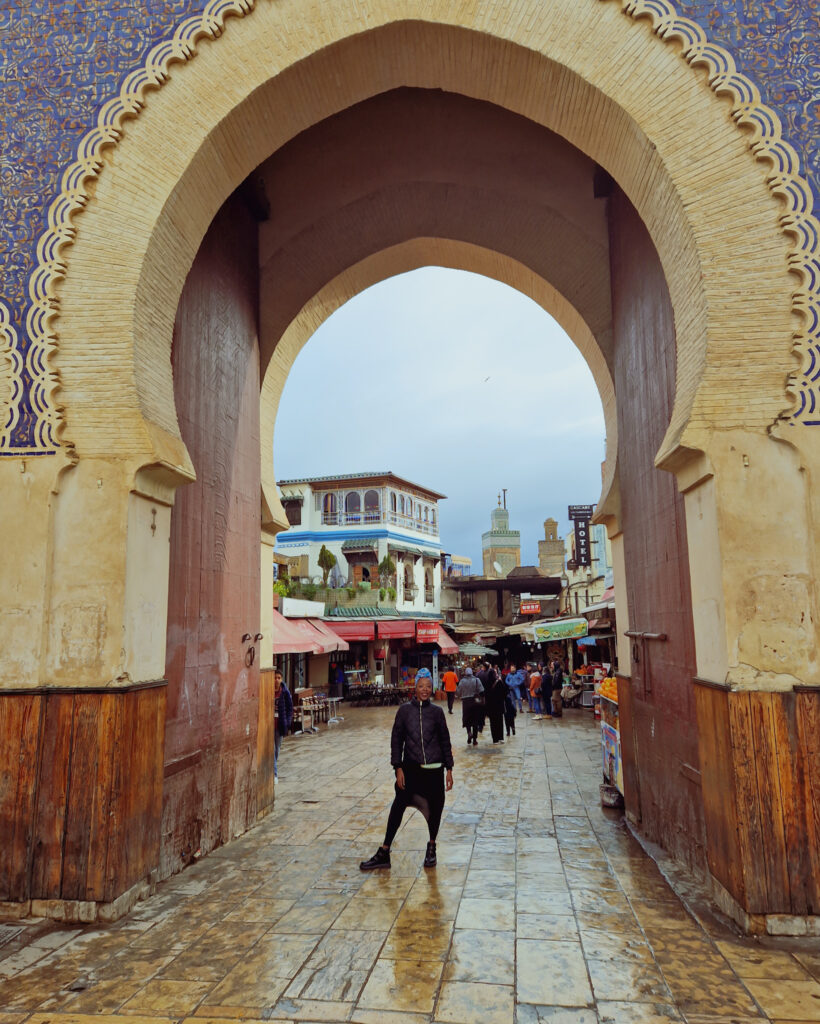
The Blue Gate
Bab Boujloud (The Blue Gate) is a mosaic-tiled city gate and is the most iconic doorway to the medina. The current gate was built by the French colonial administration in 1913 to serve as the grand entrance to the old city. The inner and outer facades are an intricate decorative display of multicoloured tiles. However, though it is called “The Blue Gate”, it is only the outer facade that is blue while the inner is green.
The Blue Gate is also a good landmark for when you get lost (it’s bound to happen!). If you head towards the signs for the Bab Boujloud, you will find your way out. Try this tactic – enter at blue gates and walk down into the medina. If lost and want to find your way out, walk uphill and follow signs for the Bab Boujloud. There are countless entrances and exits to the medina, but sticking to the same one will make it far easier to navigate.
As the main entrance into the Fez medina, The Blue Gate is also one of the best spots in the city to observe daily life in Morocco, and there are plenty of coffee shops and restaurants from where to do so.
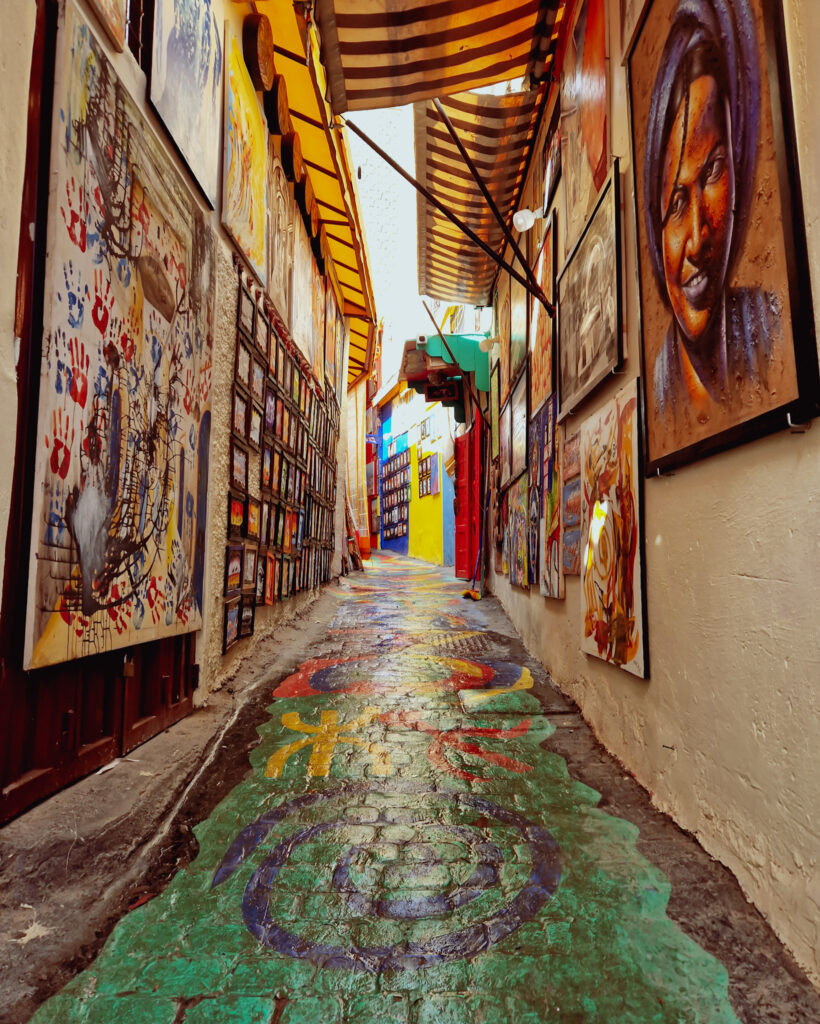
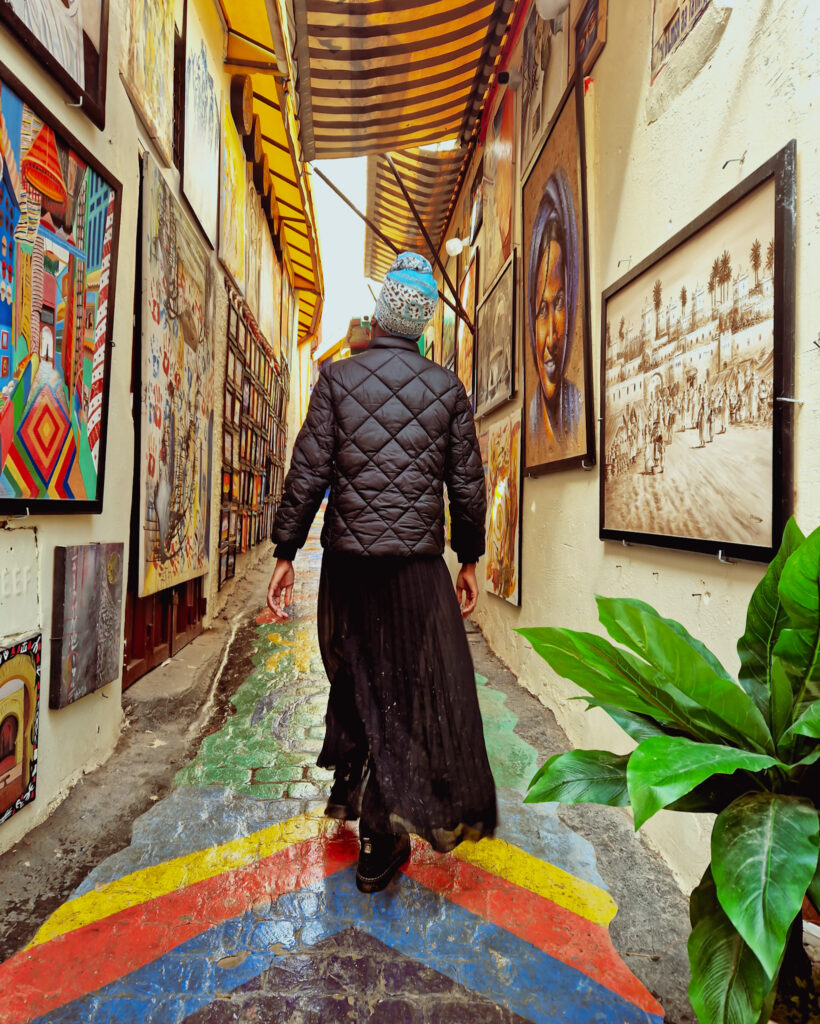
Rainbow Street
Pretty much as it says, a narrow alleyway aptly named for its explosion of colour. On Rainbow Street, you will find vibrant mosaics, paintings, rugs, and rainbow creations. In addition to being packed with artwork, shops, and galleries, it is also a good photo opportunity.
University of al-Qarawiyyin
The University of al-Qarawiyyin was founded by Fatima al-Fihri in 859 and is regarded by UNESCO and Guinness World Records as the oldest existing, continually operating, and the first degree awarding university in the world.
The university was first a mosque before subsequently becoming a place of learning and one of the world’s most important Islamic spiritual and education centres.
Other places of note inside the Medina are:
Bou Inania Madrasa
Madrasa means “place of study” in Arabic, and they have played an important cultural and institutional role in the Moroccan religious, political and social imagination.
The Bou Inania Madrasa is a 14th-century school for Islamic studies featuring ornate tilework and dramatic architecture displaying a green tiled roof. It is considered the most beautiful of Qarawiyyin University’s residential colleges. Like The University of al-Qarawiyyin itself, much of it is off-limits to non-Muslims but still worth a visit to see the ornate decorative features first-hand.
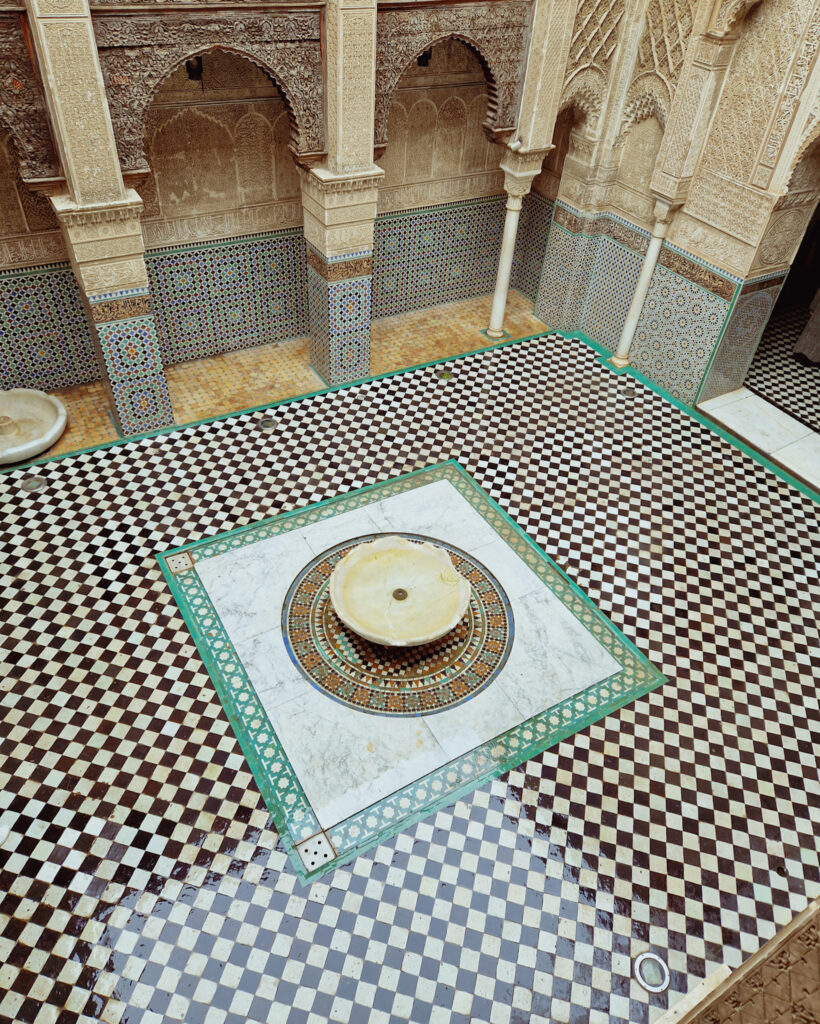
Al-Attarine Madrasa
The Al-Attarine Madrasa, meaning “the madrasa of the perfumers,” takes its name from its location at the entrance to a historic spice and perfume market in the medina.
The highlight of this small madrasa is its courtyard – its floors and walls are captivatingly decorated in the traditional patterns of Marinid craftsmanship.
Al-Attarine Madrasa was built in the 14th century near the al-Qarawiyyin Mosque, the main intellectual centre of Morocco.
Above the galleries are the facades of the second floor, with 30 rooms for students.
Many students from outside of Fez were from underprivileged families and seeking education to get better positions in their home town. The madrasas gave them basic lodging in addition to an education.
This and other nearby madrasas play a supporting role in the al-Qarawiyyin complex.
Outside The Medina
The Royal Palace
Dar El Makhzen is the royal palace of the King of Morocco in Fez and is on the west side of the city. It was built in the 12th century and is one of the most famous palaces in Morocco. Though it is not possible to enter the palace (unless you have been royally invited, of course), it is worth a visit, even if just to admire the beautiful architecture, intricate bronze doors and tilework.
The Royal Palace is on high ground in the centre of the old city and a quick taxi ride from the medina. Catch a red petit taxi on your own or share for about 10 – 15 dirhams.
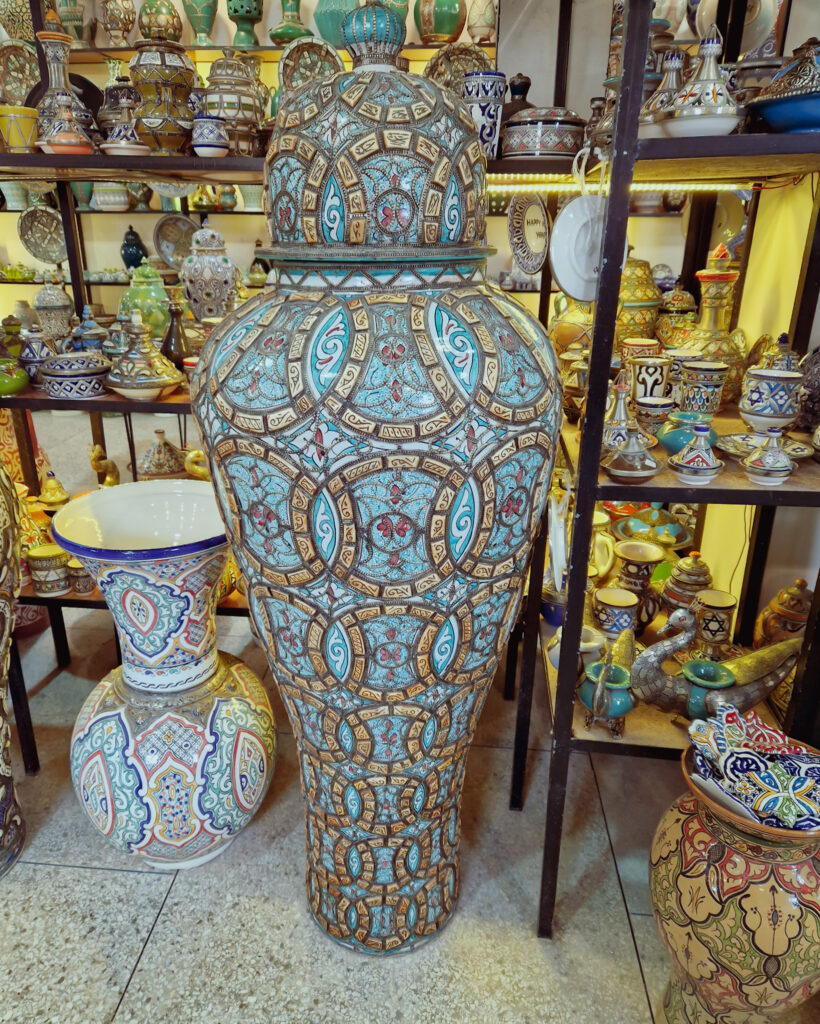
Ceramics Factory
A visit to Art Naji will give insight into how the city and country’s beautiful pottery and tiles are made. Art Naji is in the Ain Nokbi district just outside the medina. Free guides will take you through every phase of production, from pot-throwing and painting to hand-cutting. You will witness craftspeople chip mosaic tile pieces, paint intricate designs on plates and produce tagines on foot-driven potter’s wheels. Art Naji make skillfully crafted and painted wares ranging from simple plates, bowls and tajines to more elaborately designed tables and fountains.
At the end of the tour you visit the shop, but there is no pressure to buy. However, if you want to buy ceramics, there’s no better place to buy them. If you do buy, your goods can be shipped home for you.
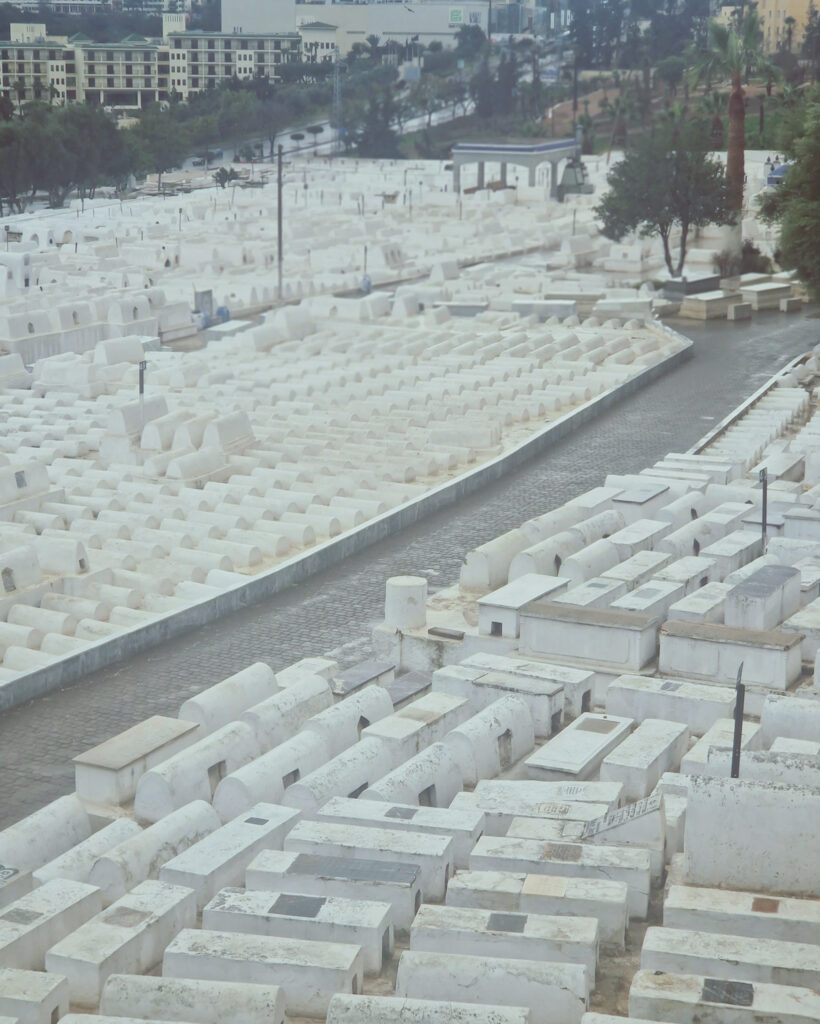
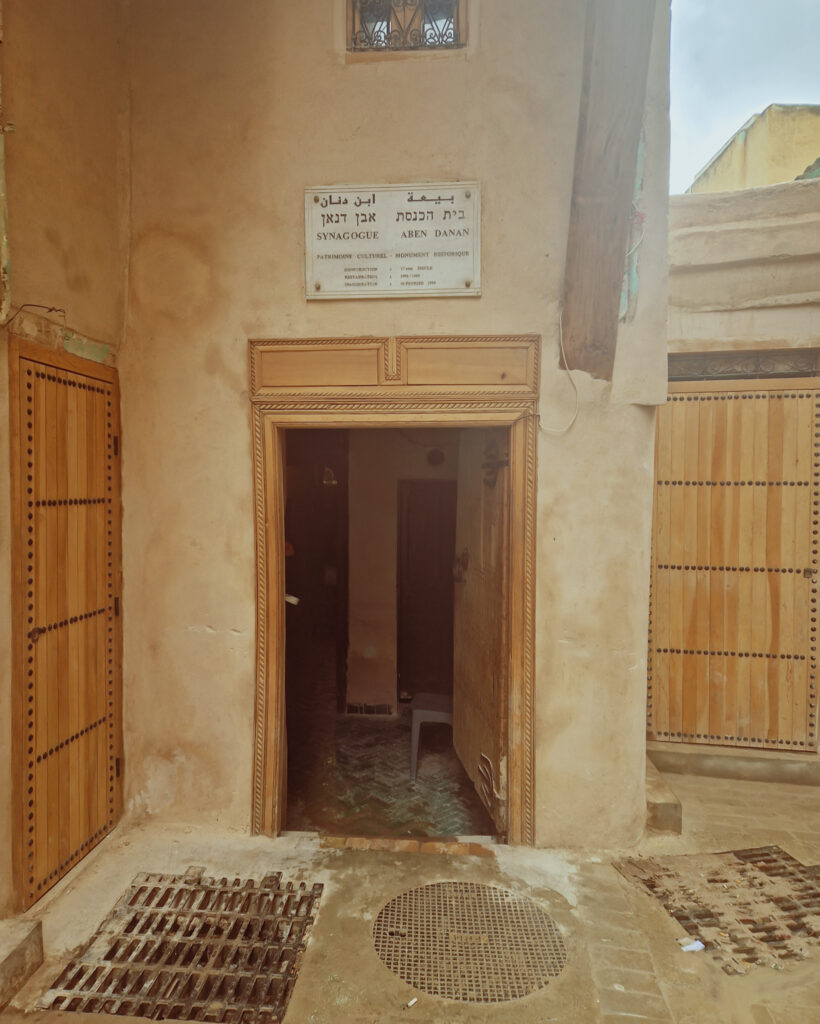
Jewish Quarter
The historic Jewish quarter of Fez is located near the Royal Palace and contains several monuments and landmarks from the Jewish community’s historical heritage in the city. Fez had long hosted the largest and one of the oldest Jewish communities in Morocco.
At its peak, some 250,000 Jews lived in the area south of Bab Semmarine. Today, the remaining handful have moved to Ville Nouvelle, but it’s still interesting to see traces of the community in the buildings.
The First Jewish Mellah (place of residence historically assigned to Jewish communities in Morocco and Arabic for “salt marsh” or “salt spring”) was established in Fez in 1438 and was the first of its kind in Morocco. Today, the Fez Mellah is supported by UNESCO, and only a small Jewish population remains. Among the mellah’s points of interest are the restored 17th-century synagogue and a Jewish Cemetery with 400-year-old whitewashed tombstones.
Although the above may look like a lot, it is easily done as most attractions are close to each other.
Day 2
Day Trip to Chefchaouen
Though not in Fez, make the most of being near enough to Chefchaouen to visit for a day trip. Though three and a half hours each way, it is, in my opinion, still well worth it and good use of your time.
The “blue pearl of Morocco” is located near the Rife mountains and is one of the most beautiful cities in the country. The small city, which has a population of 50,000, was built in 1471 by Spanish Muslims.
There are several reasons why Chefchaouen is awash in blue: (1) it represents the Jewish population; (2) To break the whiteness because the white reflects the sun and affects the eyes; (3) because the blue reflects the colour of the sky and expresses happiness; (4) when there were celebrations, for example, a wedding, the house was painted blue so people would know where the party was; (5) to keep mosquitos away – they like swampish water, and (6) Tourists.
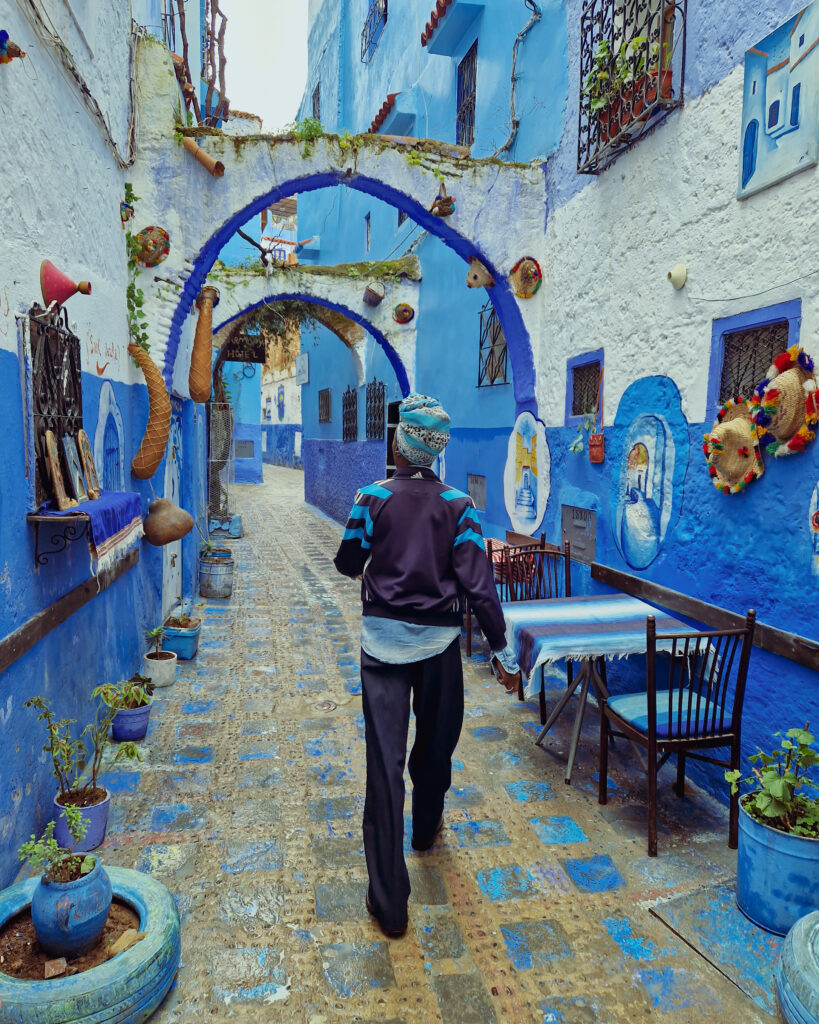
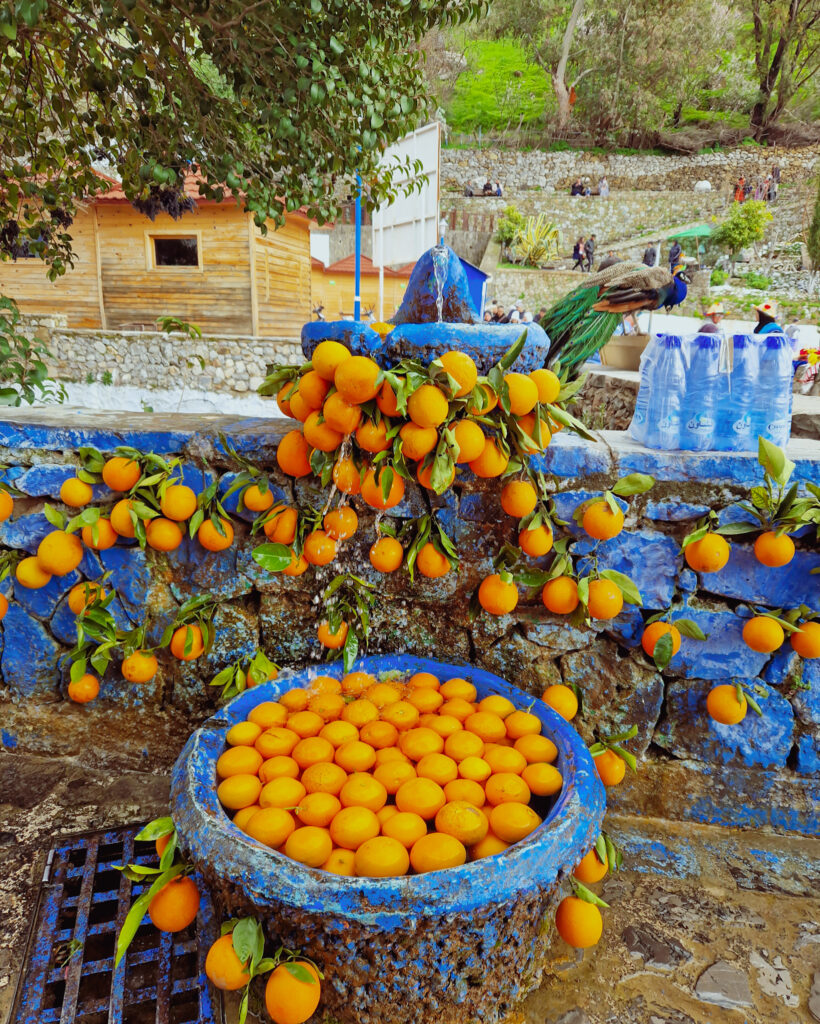
Chefchaouen’s blue hue attracts tourists in droves, therefore, visiting in the low season is ideal as there are far fewer crowds. However, although Chefchaouen is highly Instagrammable and therefore highly tourist trodden, it is still blissful and genuinely does evoke happiness and lift the spirit. Walking around it is dreamy. I lost my guide and didn’t stress because the blues are so calming.
Though I would have loved to have stayed longer, if you only have a limited amount of time in Morocco, a day is enough for a chilled time discovering the city, shopping and eating as the medina of Chefchaouen isn’t very big. I booked this tour through Get Your Guide.

Day 3
Depending on what time your flight is, you will have another day to make use of by going to the medina for shopping, lunch and wandering. The medina has a pull to it and there is always something to discover.
Summary
A weekend in Fez is enough time to get a good feel for this ancient city, and this itinerary allows you to visit the main highlights and have a day trip to one of the country’s most beautiful cities without feeling rushed.
It may be that Fez is one for the travellers rather than the holiday-goers. It’s not an easy holiday but an unforgettable experience with an allure that has me going back for more. It’s very Moorish!
If you plan to spend longer in Morocco, I highly suggest visiting a Berber camp in Merzouga desert.
